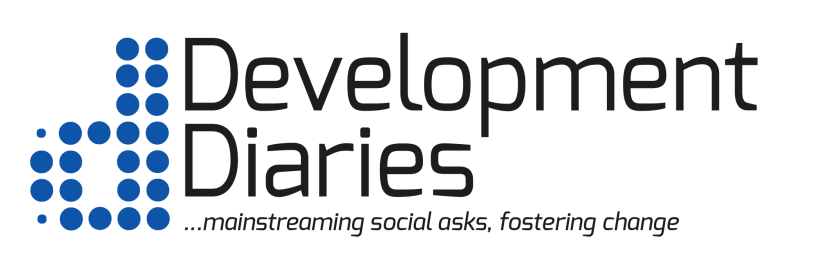The United Nations Children’s Emergency Fund (UNICEF) has called for urgent support to prevent millions of children in the Horn of Africa and the Sahel from dying.
According to the UN agency, severe malnutrition has been recorded in the areas, with the number of drought-hit people in Ethiopia, Kenya and Somalia without reliable access to safe water rising from 9.5 million in February 2022 to 16.2 million in July 2022.
In Burkina Faso, Chad, Mali, Niger and Nigeria, drought, conflict and insecurity are driving water insecurity, with 40 million children facing high to extremely high levels of water vulnerability2.
It is also understood that more children have already died as a result of unsafe water and sanitation in the Sahel than in any other part of the world, according to latest data from the World Health organisation (WHO).
‘History shows that when high levels of severe acute malnutrition in children combine with deadly outbreaks of diseases like cholera or diarrhoea, child mortality rises dramatically – and tragically’, UNICEF Executive Director, Catherine Russell, said in a statement.
‘When water either isn’t available or is unsafe, the risks to children multiply exponentially. Across the Horn of Africa and the Sahel, millions of children are just one disease away from catastrophe’.
Development Diaries reports that most people in the Horn of Africa rely on water delivered by vendors on trucks or donkey carts. In areas worst hit by drought, water is no longer affordable for many families.
According to UNICEF, over 2.8 million children across both regions are already suffering from severe acute malnutrition, which means they are up to 11 times more at risk of dying from water-borne diseases than well-nourished children.
In Somalia, for instance, outbreaks of acute watery diarrhoea and cholera have been reported in almost all drought-affected districts, with the 8,200 cases reported between January and June 2022, more than double the number of cases reported during the same period in 2021.
‘Imagine having to choose between buying bread or buying water for a hungry, thirsty child who is already sick, or between watching your child suffer from extreme thirst or letting them drink contaminated water that can cause killer diseases’, Russell added.
The number of drought-hit people in Ethiopia, Kenya and Somalia without reliable access to safe water rose from 9.5 million in February to 16.2 million in July, putting children and their families in increased danger of contracting illnesses like cholera and diarrhoea1.
UNICEF said more funding is needed to address the crisis as only three percent of the total funds needed has been received so far for the Horn of Africa.
Photo source: UNICEF





